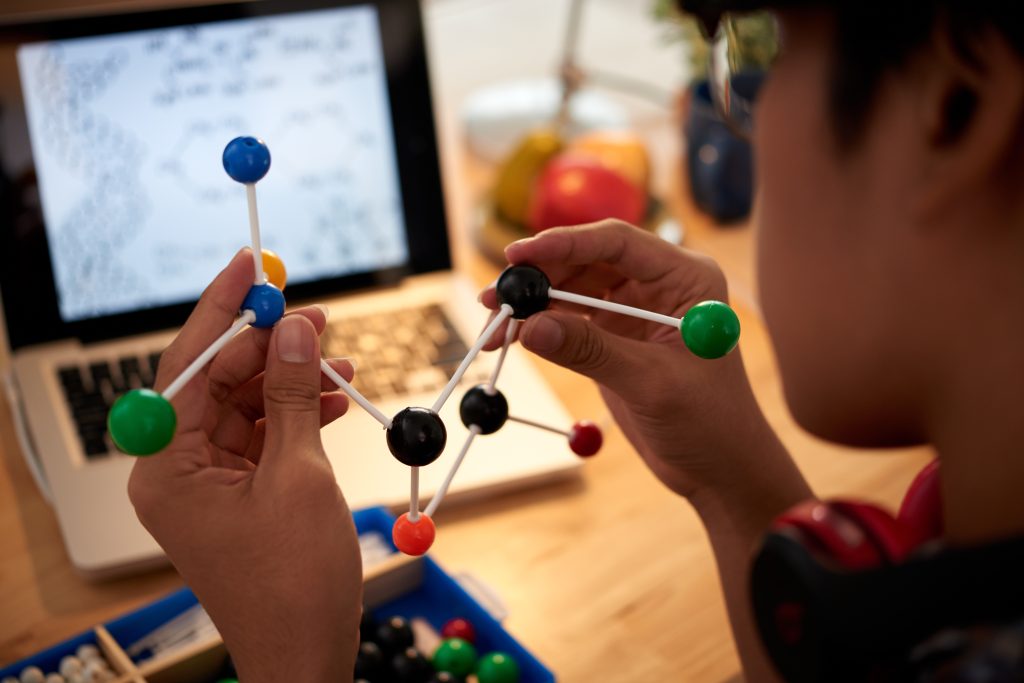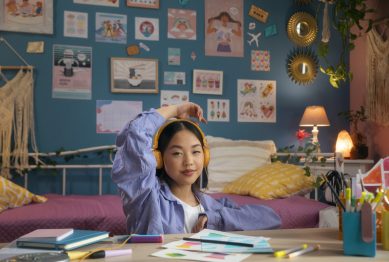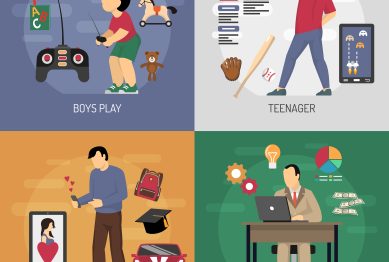In recent years, the educational landscape has evolved dramatically. With technological advancements, teaching methods have shifted away from traditional approaches, embracing more interactive, personalized, and dynamic ways to help students learn. As we move into 2025, innovative learning methods are emerging, significantly enhancing the student experience. These methods aim not only to engage students more effectively but also to equip them with the skills necessary for the modern world.
This article delves into some of the most exciting trends in education today: adaptive learning, project-based learning (PBL), gamification, and virtual reality (VR). These methods have been gaining traction, and educators are increasingly using them to foster a deeper understanding of subjects and help students develop essential problem-solving and critical thinking skills.

Adaptive Learning Technologies
What is Adaptive Learning?
Adaptive learning refers to educational systems or platforms that adjust the learning experience based on a student’s individual progress and performance. Unlike traditional methods where all students follow the same pace, adaptive learning tailors the content to suit the learner’s needs.
For example, if a student struggles with a particular concept, the system may provide additional resources or adjust the difficulty level of subsequent lessons to offer more support. Conversely, students who grasp the material quickly may be offered advanced tasks to challenge them.
How Does Adaptive Learning Work?
- Real-Time Adjustments: Adaptive learning platforms assess student performance continuously and adjust lessons or assignments accordingly.
- Personalized Pacing: Each student can learn at their own pace, receiving extra time or skipping ahead depending on their mastery of the topic.
- Data-Driven Insights: Teachers receive valuable insights into student performance, enabling them to focus on areas where students need the most attention.
Examples of Adaptive Learning Platforms
- DreamBox: An interactive math platform for students in kindergarten through eighth grade. DreamBox adapts its lessons to the student’s learning style and pace.
- Knewton: Used for subjects like reading and language learning, Knewton adjusts content to fit the learner’s understanding, providing a highly customized experience.
Benefits for Students and Educators
- For Students: Adaptive learning keeps students engaged by offering challenges that match their learning abilities. It also provides additional support for those who need it.
- For Educators: Teachers can monitor student progress in real time and intervene when necessary. This allows for a more effective and tailored teaching approach.
Project-Based Learning (PBL)
What is Project-Based Learning?
Project-based learning is an instructional methodology where students engage in a long-term project that requires critical thinking, problem-solving, and collaboration. Rather than memorizing facts, students work on real-world problems and create tangible solutions. PBL encourages students to apply the knowledge they acquire to solve actual challenges.
Why is PBL Gaining Popularity?
- Real-World Applications: Students work on projects that have practical, real-life relevance, preparing them for future challenges.
- Holistic Learning: PBL incorporates multiple disciplines. For example, a project might involve aspects of science, technology, and history, showing students how knowledge integrates across subjects.
- Development of Soft Skills: Through collaboration, communication, and teamwork, PBL helps students develop essential skills that are crucial in today’s workforce.
Examples of Project-Based Learning
- Engineering Challenges: In high school, students might be tasked with designing a sustainable building using principles of architecture, physics, and environmental science.
- Community-Based Projects: Middle school students could work together to organize a local community garden, learning about agriculture, teamwork, and community service.
Benefits for Students and Teachers
- For Students: PBL promotes active learning, where students take ownership of their learning process. It also helps build a deeper understanding of concepts as they apply them in real-world contexts.
- For Educators: Teachers can assess not just theoretical knowledge but also practical problem-solving skills and teamwork. PBL offers a more comprehensive evaluation of student abilities.
Gamification in Education
What is Gamification?
Gamification in education involves the use of game elements, such as points, levels, and rewards, to motivate students and make learning more engaging. By integrating game-like features into traditional learning environments, gamification helps transform lessons into interactive experiences.
Why Gamification Works
- Motivation: Gamification taps into the innate human desire for achievement. Earning points, badges, or rewards keeps students motivated to progress.
- Instant Feedback: Games provide immediate feedback, allowing students to adjust and improve quickly.
- Increased Engagement: By adding a fun and competitive element, students are more likely to stay engaged with the learning process.
Popular Gamification Tools
- Kahoot!: A popular quiz-based platform that turns traditional assessments into competitive games. Students answer questions to earn points, and teachers can track their performance in real time.
- Classcraft: A role-playing game that turns the classroom experience into an adventure. Students can level up, complete quests, and earn rewards for positive behavior and academic achievements.
Benefits for Students and Teachers
- For Students: Gamification increases student participation and allows them to enjoy the learning process. It also helps students retain information better by presenting it in a playful, interactive way.
- For Educators: Teachers can monitor progress in real time, identify areas of difficulty, and adjust instruction accordingly. Gamified assessments also offer a more engaging way to evaluate student performance.
Virtual and Augmented Reality (VR/AR)
What Are VR and AR?
Virtual Reality (VR) and Augmented Reality (AR) are immersive technologies that are making waves in education. VR creates fully digital, immersive environments, while AR overlays digital elements onto the physical world. These technologies provide a hands-on learning experience, making complex subjects more understandable and exciting.
Why VR and AR are Game-Changers
- Immersive Learning: VR and AR transport students to different environments, helping them interact with subjects in ways that traditional textbooks cannot offer.
- Better Visualization: Students can interact with 3D models, enhancing their understanding of abstract concepts, such as human anatomy, historical events, or astronomical phenomena.
VR/AR Tools for Education
- Google Expeditions: This app allows students to embark on virtual field trips to various destinations, from ancient Egypt to the surface of Mars.
- Merge Cube: Using AR, this cube lets students hold and manipulate 3D models in the real world, such as organs or historical artifacts.
Benefits for Students and Teachers
- For Students: VR/AR creates memorable learning experiences that can improve retention and comprehension. These technologies help students visualize difficult concepts, such as space exploration or molecular biology.
- For Educators: Teachers can create interactive lessons that are far more engaging than traditional methods. VR/AR also allows students to experience things that would otherwise be impossible, like traveling to other countries or exploring the human body in 3D.
Conclusion
The educational landscape is rapidly changing, with innovative learning methods at the forefront of this transformation. Adaptive learning, project-based learning (PBL), gamification, and virtual/augmented reality (VR/AR) are just a few of the groundbreaking approaches that are reshaping the student experience. These methods foster greater engagement, deeper understanding, and better preparation for the real world.
As educators continue to incorporate these technologies and methodologies, the future of learning will undoubtedly be more personalized, interactive, and dynamic. By adopting these trends, schools and universities can provide students with the tools they need to succeed in the ever-changing global landscape of 2025 and beyond.
References
- Transforming every classroom, engaging every student, https://www.hmhco.com
- How to take a virtual field trip, https://artsandculture.google.com
- Project-Based Learning (PBL), https://www.edutopia.org









